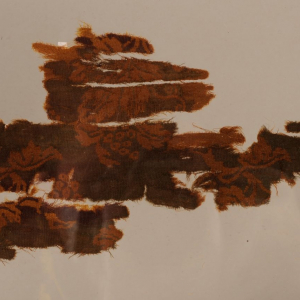The Treasures of Xinjiang: Exhibition of Precious Cultural Relics from Xinjiang
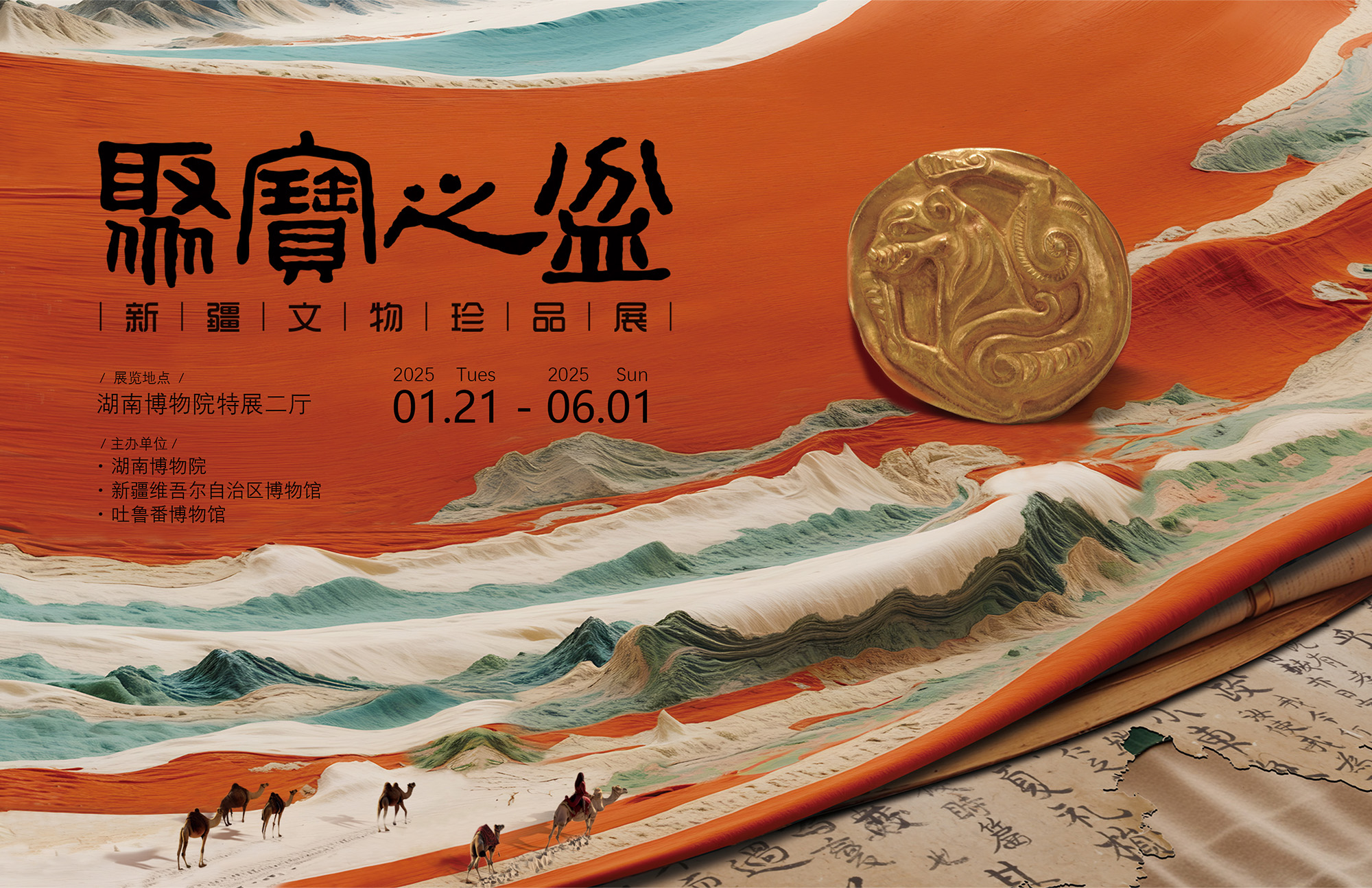
Introduction
The Treasures of Xinjiang: Exhibition of Precious Cultural Relics from Xinjiang
Xinjiang is a region boasting vast territory, abundant resources, magnificent landscapes, and a splendid historical and cultural heritage. Since time immemorial, it has served as a melting pot for multiple ethnic groups, religions, and cultures. Central governments throughout different dynasties have exercised jurisdiction over Xinjiang. All ethnic groups in Xinjiang are closely - knit members of the Chinese nation, bound by blood. They treat each other like family, offering mutual support, sharing joys and sorrows, and standing together through thick and thin. Over thousands of years of interaction, exchange, and integration, people of all ethnic groups in Xinjiang have united as closely as pomegranate seeds within the big family of the Chinese nation. They have composed a magnificent epic of developing and building Xinjiang, jointly forging a diverse yet integrated and resplendent Chinese civilization.
The unique geographical environment endows Xinjiang's historical and cultural heritage with distinct regional characteristics. The textiles, documents, and tomb paintings unearthed in Xinjiang have far - reaching influence both nationally and globally. These can be regarded as national treasures, depicting the production and living conditions of ancient Xinjiang residents and providing copious materials for research in disciplines such as history, archaeology, and art.
In the late Qing Dynasty, Zuo Zongtang, a national hero from Hunan, led his troops to reconquer Xinjiang. He highly commended Xinjiang, stating, "Both the southern and northern regions of the Tianshan Mountains are abundant in grain production, with numerous fruits, flocks of cattle and sheep, and herds of horses. There are extremely rich reserves of coal, iron, gold, silver, and jade. What appears to be a vast expanse of desert for thousands of miles is actually a basin teeming with treasures." This time, the Hunan Museum, in collaboration with the Xinjiang Uygur Autonomous Region Museum and the Turpan Museum, is jointly hosting "The Treasures of Xinjiang: Exhibition of Precious Cultural Relics from Xinjiang". A total of 158 pieces (sets) of precious cultural relics, encompassing metalware, pottery, textiles, documents, calligraphy, and paintings, have been meticulously selected. The exhibition unfolds the historical and cultural narratives of Xinjiang from aspects such as the natural environment, the transformation from nomadic to agricultural production patterns, and the rich material and spiritual civilizations.
The Tianshan Mountains, a World Natural Heritage, traverse the central part of Xinjiang. Beneath the Tianshan Mountains lies the Silk Road, stretching across thousands of miles and spanning thousands of years. The Silk Road Spirit, characterized by peace and cooperation, openness and inclusiveness, mutual learning, and mutual benefit, is a legacy of human civilization. The treasures along the Silk Road embody the beauty of China's diverse yet integrated landscapes, history, and culture. Xinjiang's rich cultural heritage is a spiritual and cultural extravaganza that people of all ethnic groups should not miss.
Highlights
- 三角纹栽绒毯
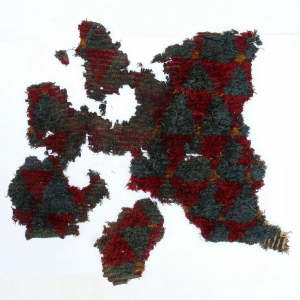
- 包金虎形铜牌
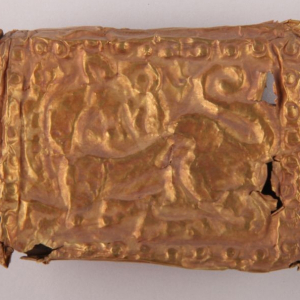
- 虎噬羊铜牌
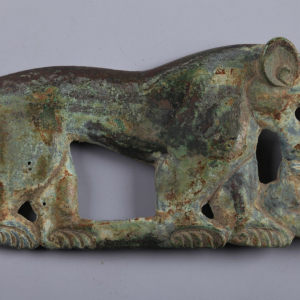
- 虎形圆金牌
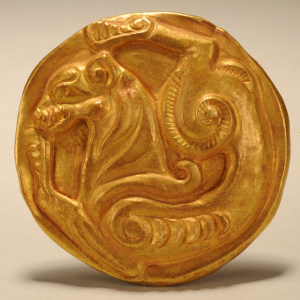
- 对虎纹金箔带
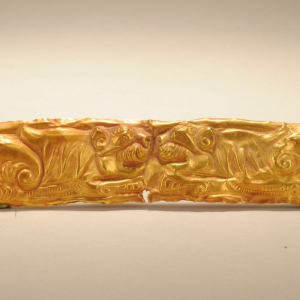
- 翼兽对视铜环
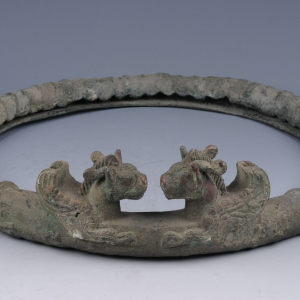
- 蜷狼纹铜镜
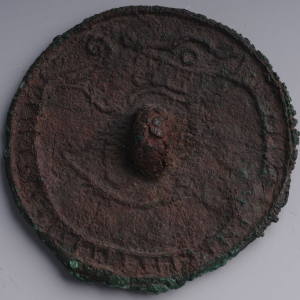
- 羊形柄铜镜
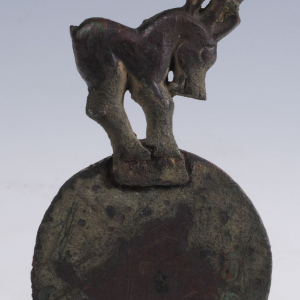
- 天青色女上衣
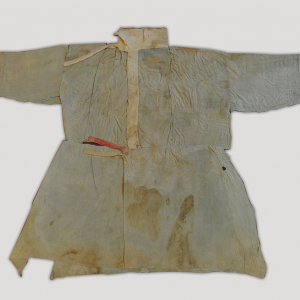
- 树纹锦覆面
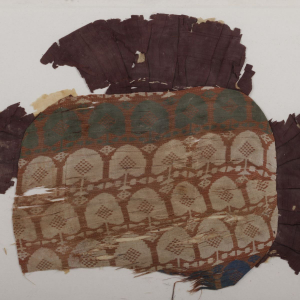
- 蜡染蓝白印花棉布
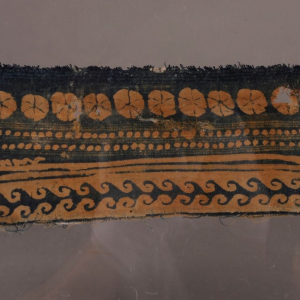
- 汉(公元前 202 年—220 年) 毛 ①长 20、宽 3.8 厘米 ②长 10.5、宽 3 厘米 ③长 7、宽 3 厘米 和田洛浦县山普拉墓地 1 号墓出土 新疆维吾尔自治区博物馆藏 【展品说明】 绿地葡萄纹罽为双层两面纹毛织物,绿地,黄棕色显花,图案是折技葡萄纹样和葡萄叶纹,残为三片。罽是中国古代毛纺织品中的精品,通常将精细的或提花的的毛织物称作罽,其中分为细罽、彩罽、花罽等。罽一般作为古代新疆人的服饰出现,通常将罽缝制成各种的衣物如长短衣、裤装及一些冥具如枕头、护颌罩、覆面等,以丰富生活品质。 考古资料表明,至少在春秋时期新疆已种植葡萄,到了汉代葡萄传入中原。《齐民要术》曰:“汉武帝使张骞到大宛,取葡萄实,如离宫别馆旁尽种之。”到了唐代,葡萄纹在工艺美术领域里已普遍流行,葡萄蔓延的枝条和丰硕的果实象征着“富贵长寿”,深受人们的喜爱。See More
